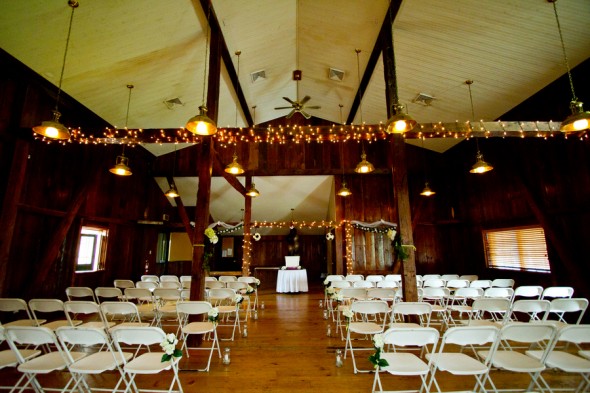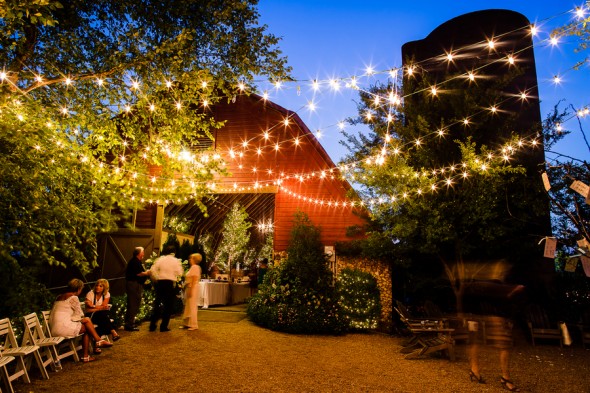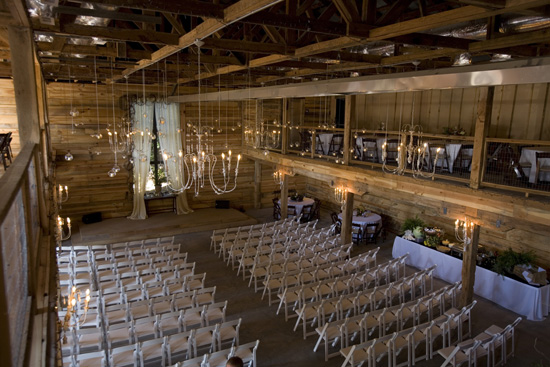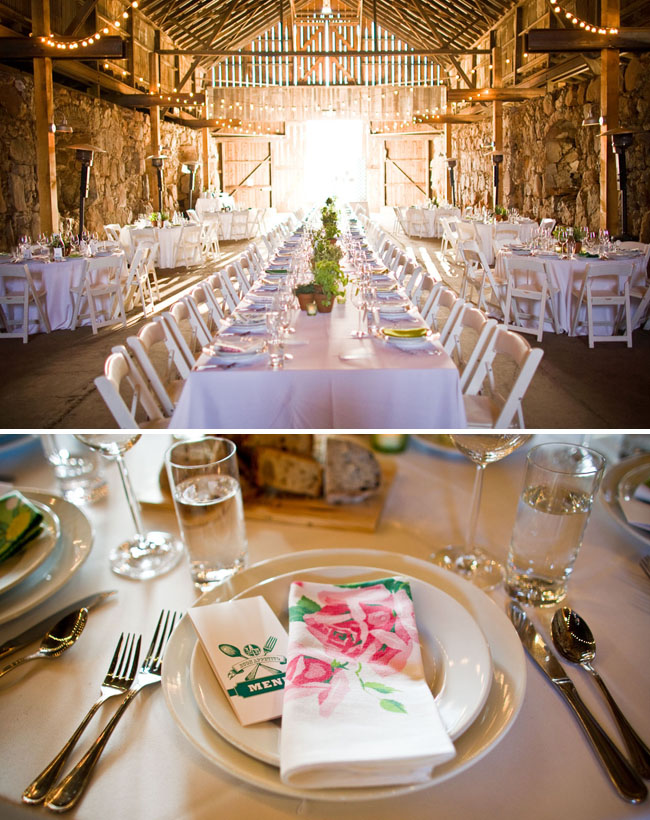Friday, April 19, 2013
Upcoming Antique Sale: May 2-4, Quakertown PA
We will be having a GIANT antique sale from May 2nd through the 4th. Some items you have seen on Abandoned, some that were not featured on the show. But we have three warehouses full of really cool items. Come check it out!
JC Woodworking at Prime Stache on Chestnut Street, Philadelphia
Tuesday, April 9, 2013
Brand Old Article from Bucks County Town & Country Winter 2002/03
Tuesday, March 26, 2013
Video: Jay & Mark's Trip to Chubby's BBQ in Maryland
Jay and Mark (Sleeveless Pakenas) took a trip to Maryland to check out a small cabin and some siding.
Today's video captures the greatness of supporting our local business people of America.
Thursday, February 21, 2013
Barn Weddings: Decor Inspiration
One of the big trends in barn wedding decor is string lights. Because barns typically provide less-than-ideal lighting, string lights have become a trend in creating a cozy ambiance. Candles, too, help warm up the lighting but, as always, you must be careful with them.
 |
| photo source |
 |
| Photo source |
 |
| Photo source |
For more ideas, mosey on over to intimateweddings.com and have yourself a look-see at 10 decorating options for barn weddings.
Wednesday, February 20, 2013
Barn Wedding Inspiration
Tuesday, February 19, 2013
The Upcycled Dining Room: Philadelphia Home Show
Thursday, February 14, 2013
Friday, February 8, 2013
Buffet Cart
At nearly 700,000 square feet, the 1,400 workers needed carts to move tools, spools and lace throughout the building. This buffet started as one of those carts!
The cart has handmade wrought iron sides and cast iron wheels. The cart dates to approximately the same era as the factory, making it over 100 years old. After meticulously cleaning and buffing all the cast and wrought iron on the cart, the piece began to come back to life! After applying tung oil to the wood, we fabricated a steel frame to accept a top and used carriage bolts to secure it.
The wood used to make the top dates to even earlier than the cart and was removed from a late 1800’s barn in Pennsylvania. Like the base of the cart, the planks on the top are also oak and contain over a century’s worth of character and history from the people, animals and machinery that moved across the barn floor.
While in its current form, this piece is a beautiful accent to any room, it is our hope that you see much more than “reclaimed” wood and iron. Our sincere hope is that this piece serves as a reminder of the thousands of men and women who used this exact cart and millions like it to run the factories and mills that built this country. For it is those people, the backbone of this country, who afforded us the luxuries and freedoms which we are now accustomed.
The American Iron Horse: Pommel Horse Table & Bench
The pommel horse was made by Porter Athletic which was founded in Ottawa, Illinois in 1868. Porter Athletic got its start with pulleys, hardware and hayloft equipment for barns. The technology used to manufacture these items allowed them to transfer over into the manufacturing of gymnasium equipment.
After the leather pommel was removed from the cast iron base, Jay was able to study the gears which led to the discovery of a crank and a complete dissection of the base.

This was the jumping off point at which he committed to the idea of a table which could sit at a standard 30” or be raised to island or bar height. After cleaning and buffing each part of the base, right down to the ball bearings, he put the base back together and built a tabletop from 2” thick oak threshing floor. Threshing is the process of separating loose chaff from grain and the threshing floor is one of the most valued parts of a barn.
Where the gears extended above the tabletop, Jay crafted lazy susans! (Also made from threshing floor). Finally, he manufactured poles which secure a 1920's pot rack that came from the Majestic Hotel in Hot Springs Arkansas. The pots that originally hung on it were used to feed the likes of gangsters such as Bugsy Segal and baseball stars such as Babe Ruth himself.
The top of the pommel horse is made of leather and was removed to create a bench that is destined to remain with the table. Both the tabletop and leather were then finished with several coats of hand rubbed tung oil. The cast iron base was finished with a stove black rub through.
There is not a single bearing, peg, piece of wood or iron in this piece of work that is not made in America. While the barn floor, gym horse and pot rack have not always been together, we believe it is a perfect marriage and hope that many meals are enjoyed and conversations sparked around this Iron Horse that embodies the many trades, impeccable craftsmanship and commitment to hard work of early America.
 |
| The Aftermath |
Labels:
2013 philadelphia home show,
antiques,
pommel horse,
refurbishment,
scranton lace factory,
upcycle,
wood
Thursday, February 7, 2013
Philadelphia Home Show Photo Booth
As you may have read, Denise Sabia of The Painted Home has asked us to build a few pieces to go into her Designer of the Year Dining Room booth at the Philadelphia Home Show. We are so excited! One of the items began as a photo booth but quickly evolved, as most of our pieces do, into its own work of art. In a previous post, we showcased ways to re-purpose antique shutters. For the photo booth, Jay used two antique shutters out of a grist mill in Maryland as the walls.
These shutters were recovered from a grist mill in Westminster, Maryland. It was a 26,500 square-foot, three-building grist mill. It was used to process grain, flour, and feed which fed the local community for generations. Though the mill officially closed in 1954, the buildings, at the time, contained objects dating back to its original construction. The barn contained equipment which was used to cut heavy beams for construction and the house contained multiple stairways and secret passageways much like a maze.
The doors which were used as the back of the photo booth were reclaimed from the Amaral Barns in Newtown Connecticut. In the 1850s, the Peck family purchased a plot of land in the rural town of Newtown, Connecticut and built a thriving dairy farm there. In 1932, during the throes of the Great Depression, a local auto dealer, Daniel Amaral, purchased the property and used the barns to store the spillover auto parts from his business. He continued to do so until he passed away in 1989, never having sold any of the parts.
In 2012, Jay purchased the contents of both buildings and after three rigorous weeks of cleaning, the doors were unearthed under years of debris. Now back out in daylight, the amazing craftsmanship put into these handmade doors can be appreciated once again. And the door bell? After a few hours, Jay had the original door bell working as well!
To give it the feel of a porch, Jay used nearly 200 year old original threshing floor. The threshing is in its original foot-worn condition with raw and rounded edges. The thick antique floorboards against the early 1900's doors made the photo booth begin to feel like a front porch. And every front porch needs a roof and some light!
Fortunately, for the light fixture, Jay already had something that would work. In 2009, Jay dismantled a barn in Franconia, Pennsylvania. Out back there was a chicken shack which had been converted into a makeshift maintenance shed. It had collapsed probably 20 years prior to them being there and many animals had made it their home. What was left of the roof was only about three feet off the ground. Jay crawled through a hole about three feet wide and he tried to salvage as many tools as he could, one being the flashlight. The flashlight is now the hanging porch lamp you see. As for the roof, it is made from antique tin also removed from an early 1900's barn.
While sitting on the front porch may not now be as popular as it once was, this piece is a compilation of the trades of an era long gone...one where front porch sitting was a favorite pastime. While we are not sure where this piece will end up, or for what purpose it will be used, it is our hope that you and yours will feel the serenity of those times each time you pass this Font Porch of America.
Labels:
2013 philadelphia home show,
antiques,
refurbishment,
upcycle,
video update,
wood
Subscribe to:
Comments (Atom)

























.JPG)


















